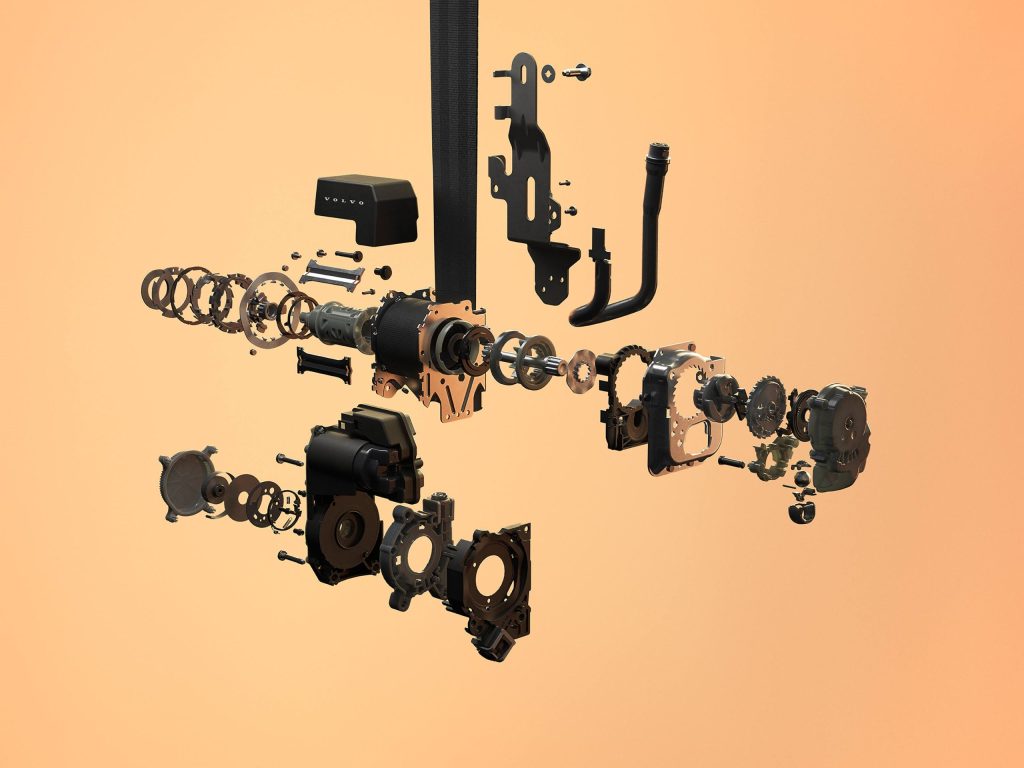Volvo updates seatbelt design for a better fit
Words NZ Autocar | Images Volvo
Sino-Swedish car maker, Volvo, has improved upon the traditional seatbelt with a design that improves crash safety performance.

It will debut in the upcoming EX60 due out next year. The safety belt update caters its crash response according to the occupant’s shape and size.
Volvo pioneered the use of the three-point safety belt but its new ‘multi-adaptive safety belt’ goes a step further. It uses sensors to analyse an occupant’s height, weight, body shape and seating position and responds accordingly in the event of a crash.

A larger occupant will receive a higher belt load, Volvo says, to reduce the risk of head injury. But the belt will respond less severely to smaller passengers to lessen the impact on their ribs.
The system – developed along with ZF Lifetech – will also respond differently according to the nature of the impact. It harvests data from sensors around the car in milliseconds to determine how much force the seatbelt should apply.
Today’s seatbelts feature three ‘load-limiting profiles’. Volvo’s new device ups that to 11.
Volvo reckons that with over-the-air software updates, the system will “get better over time”.
As Volvo gathers more crash safety data, “the car can improve its understanding of the occupants, new scenarios and response strategies”.

Åsa Haglund, who runs Volvo Cars’ Safety Centre, said: “The world first multi-adaptive safety belt is another milestone for automotive safety and a great example of how we leverage real-time data with the ambition to help save more lives.
“This marks a major upgrade to the modern three-point safety belt, a Volvo invention introduced in 1959, estimated to have saved over a million lives.”
The new seatbelt’s unveiling marks the 25th anniversary of the Safety Centre.





